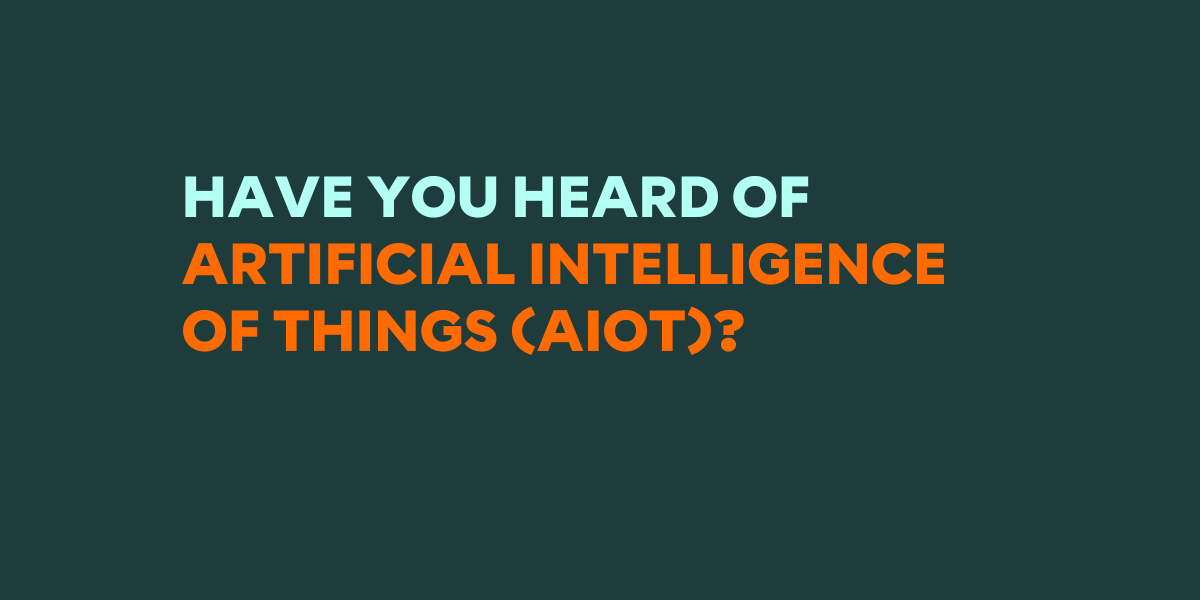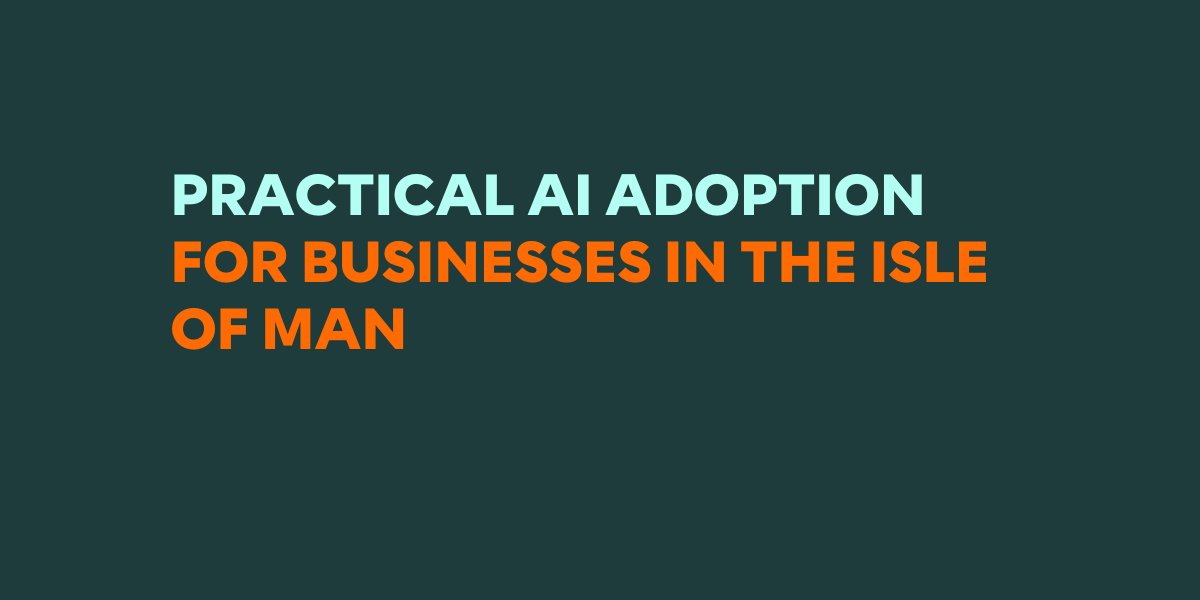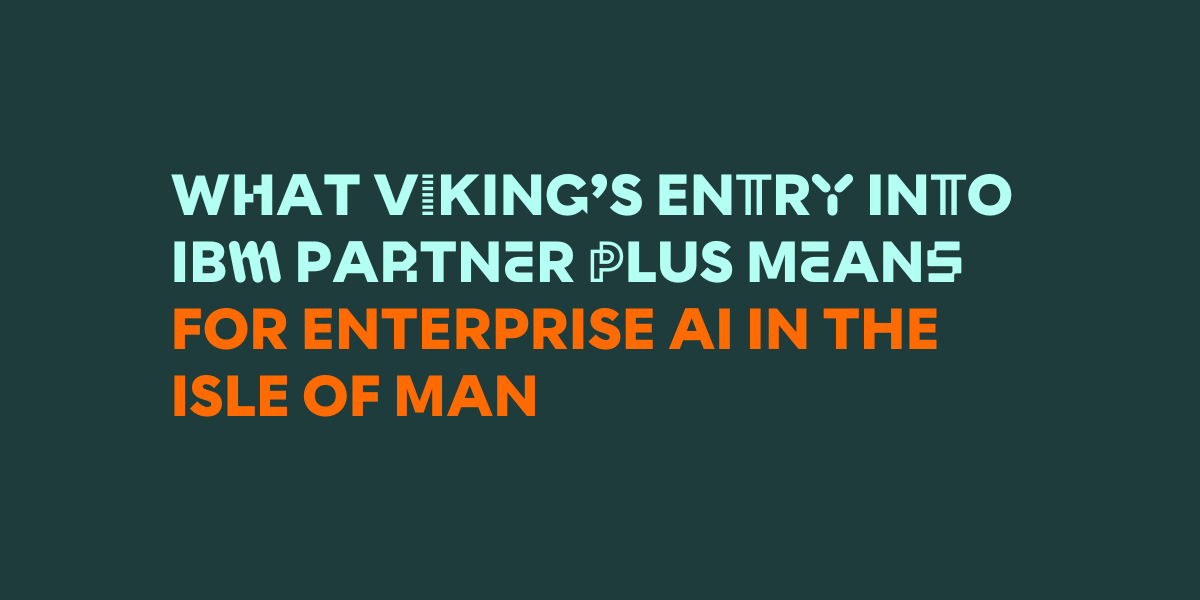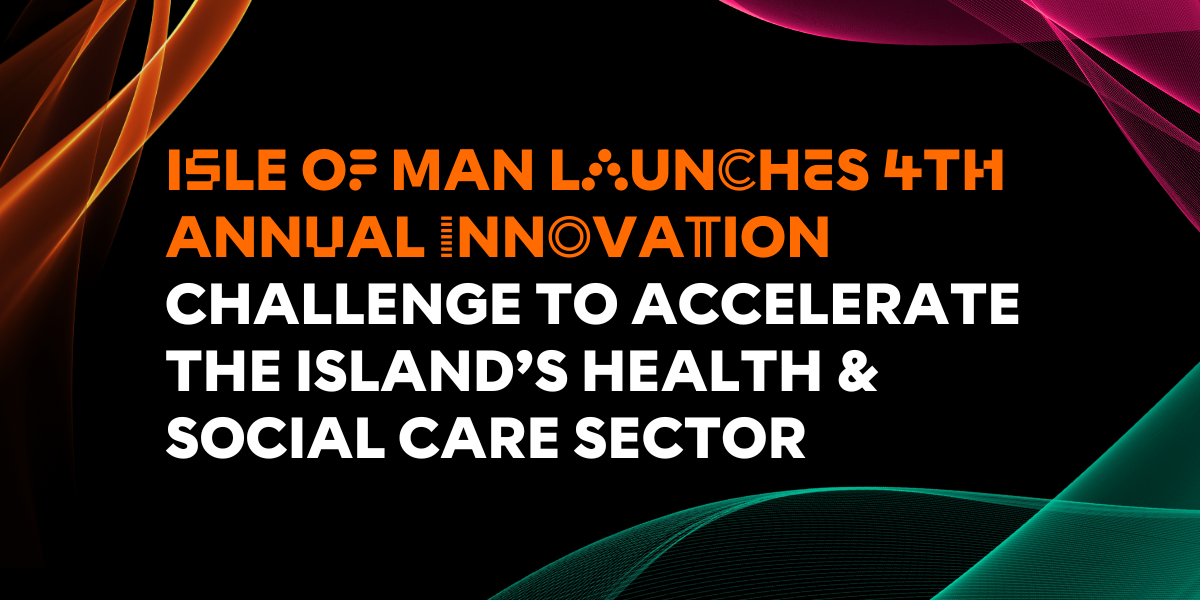HAVE YOU HEARD OF ARTIFICIAL INTELLIGENCE OF THINGS (AIOT)?
04 August 2025

What was once cutting-edge technology is now part of everyday life. We use smart devices every day to speed things up, offer clearer insights, and give us more tailored experiences. But what if those devices could do more than just collect data? What if they could also think and act on it?
That’s where the Artificial Intelligence of Things (AIoT) comes in. It blends the brainpower of AI with the reach of IoT to change how we live, work, and connect with technology.
What is AIoT exactly?
AIoT is the next step in combining two powerful technologies: Internet of Things (IoT) and Artificial Intelligence (AI)
Internet of Things (IoT): a network of physical devices, like kitchen appliances, cars, and factory machines, that collect and share data through built-in sensors and internet connections.
Artificial Intelligence (AI): software that can sort through huge amounts of data, spot patterns, make predictions, and often act on those findings without needing a person to step in.
When these two technologies work together, they form a smart system. It senses what’s happening, understands it, and reacts in real time, helping industries work faster, smarter, and more efficiently.
A growing force in 2025
According to ResearchGate, the Internet of Things (IoT) is now a major part of global tech. As of 2025, more than 17.2 billion devices are connected, an increase of 11.7% from the year before. These devices are producing a massive 90.3 zettabytes (1 billion terabytes) of data every year.
This growing flow of data is just the starting point. AI takes that data and turns it into smart actions. When IoT’s live data meets AI’s thinking power, AIoT delivers insights and automation like we’ve never seen before.
How AIoT works from data to decisions
- Data intelligence:
Smart systems read sensor data as it comes in. They spot patterns, problems, and trends that humans might miss. - Autonomous decision-making:
Instead of sending alerts and waiting for human response, AIoT systems can act independently, adjusting operations, triggering safety protocols, or optimising performance as conditions change. - Predictive capabilities:
AIoT studies past data and current trends to predict what might happen next. This helps systems take early action to avoid problems, cut delays, and work more smoothly.
For example, in smart manufacturing, IoT sensors on factory machines constantly collect data on temperature, vibration, and performance. Alone, that data just tells you what’s happening. But with AI, the system can spot early signs of wear or failure, predicting breakdowns before they happen. This allows maintenance to be scheduled at the right time, avoiding costly downtime and extending the life of the equipment.
Why it matters:
In practice, AIoT is being used to:
- Enhance factory automation with predictive maintenance
- Manage smart city infrastructure, such as traffic flow and energy usage
- Enable personalised healthcare through wearable devices and remote monitoring
- Improve environmental monitoring and sustainability efforts
- Ultimately, AIoT allows for technology that adapts to you, rather than the other way around.
AIoT’s true power lies in how it gives us faster systems, quicker thinking, and more control - all at once. It doesn’t just make things better. It changes what we can do. As industries grow and devices get smarter, one thing is clear: the future is here. It’s learning, reacting, and moving fast.
Want to keep up?
Join one of our upcoming AI training sessions to learn how these technologies work, what they mean for your industry, and how to put them into practice. Whether you’re just starting out or looking to deepen your expertise, our sessions are designed to get you future-ready. Register here





